Can the US-China agreement to restore trade truce ease long-standing tensions?
Top officials from Washington and Beijing on Tuesday (Jun 10) agreed on the preliminary plan after two days of intense talks in London.
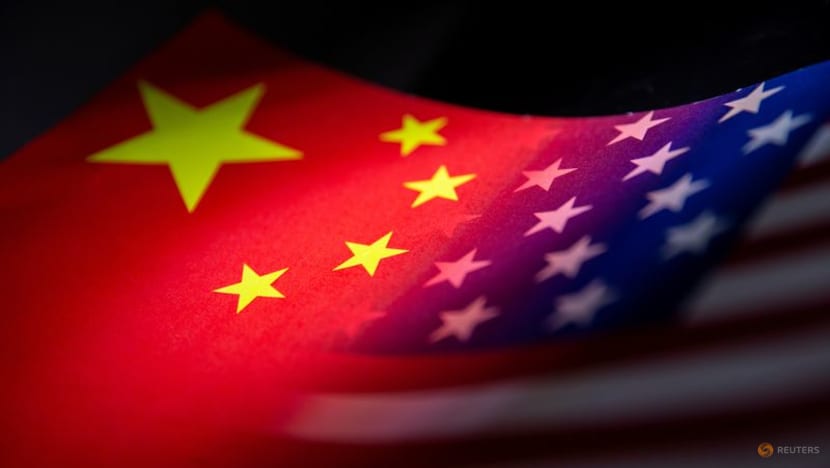

This audio is generated by an AI tool.
Trade relations between the United States and China remain fluid, even as the world's two biggest economies have agreed on a framework aimed at reducing friction and reviving the flow of sensitive goods, said observers.
Top officials from Washington and Beijing on Tuesday (Jun 10) agreed on the preliminary plan after two days of intense discussions in London.
The framework builds upon the groundwork that the superpowers laid in Geneva last month to ease tariffs they had taken against each other’s economies. But further details, including plans for a next round of talks, remain sparse.
“It's important to realise that this remains a very fluid, a very contentious relationship,” said Alex Capri, a senior lecturer at the National University of Singapore Business School.
“In the past, historically, negotiating a proper free trade agreement literally took years because there are so many moving parts. There are so many elements … and that takes a lot of time.”
Capri expressed skepticism about the efficacy of short-term negotiations, saying these might not lead to long-lasting agreements.
“I think we'll continue to see more transactionalism, and we'll probably see more and more of these types of shorter, one-on-one type of meetings that remain a work in progress,” he told CNA’s Asia First.
But observers said they are cautiously optimistic about the positive shift in tone between the two global superpowers.
“It's unclear what has been agreed to besides a sort of pathway to a framework to implement a concept of a plan. So it's early days,” said trade and economic policy expert Deborah Elms.
“But I suppose that the good news is, both sides do seem to see that escalation is not in their interest, and they agree that negotiations or discussions are important pathways to get to some kind of resolution.”
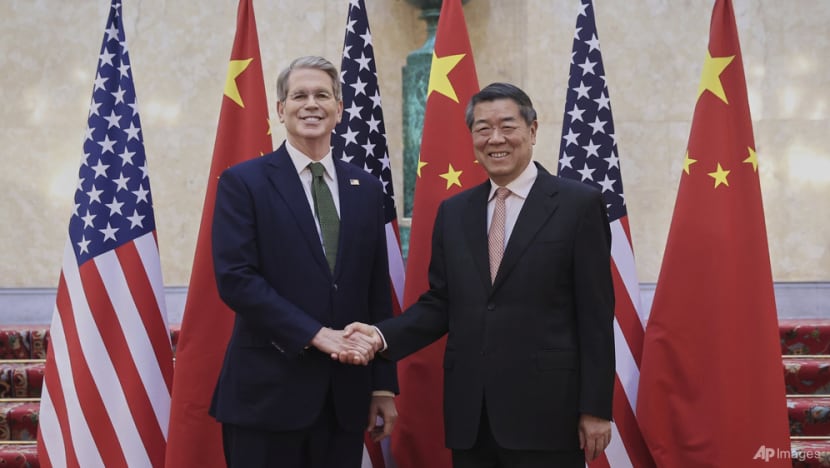
GROWING WEAPONISATION OF RESOURCES
However, analysts highlighted how countries have been weaponising their strategic commodities to gain an edge.
China’s dominance in rare earth minerals and America’s lead in semiconductor innovations have become geopolitical bargaining chips.
“That is something that's here to stay,” said Capri.
“I think it's going to be more and more the new normal to see a linkage between tariff discussions and discussions about strategic supply chains such as rare earth and semiconductors.”
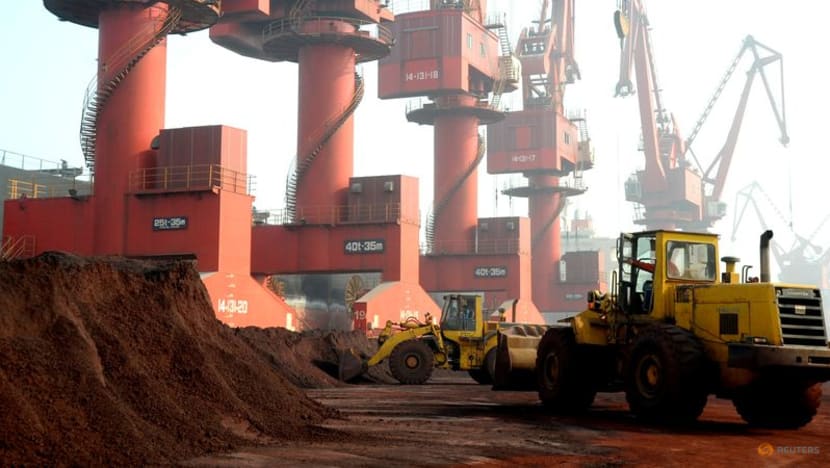
He added: “We're looking at a very transactional world, certainly under the Trump 2.0 administration where tariffs, export controls, sanctions, all of these things are going to be lumped together now in trade-related and commercial discussions.”
Although the initial focus was tariff reduction, experts cautioned that these strategic issues could derail momentum.
“Both sides have identified that they have some cards to play in this dispute, and both have shown a willingness to use those if the negotiations start to unravel,” said Elms, who is head of trade policy at philanthropic organisation Hinrich Foundation.
“The tariff discussion is only a small piece of what is now on the agenda,” she told CNA’s Asia Now.
“There's a whole lot of things that you could put on the negotiating cards for both sides. All of them are difficult.”
COMPLEX NEGOTIATION CHALLENGES
The high-stakes issues require compromise from both countries, Elms stressed.
“There are lots of things that could go horribly wrong in these discussions, unless they keep to the sort of bedrock principle that we do not want to have an escalation of tension going forward.”
Despite the complexity of factors now on the negotiation table, she said she believes the concerted effort on both sides in reaching a deal is encouraging.
“I think talking is always better than not talking, but the fact that it's proving difficult to get clear outcomes is a worry.”
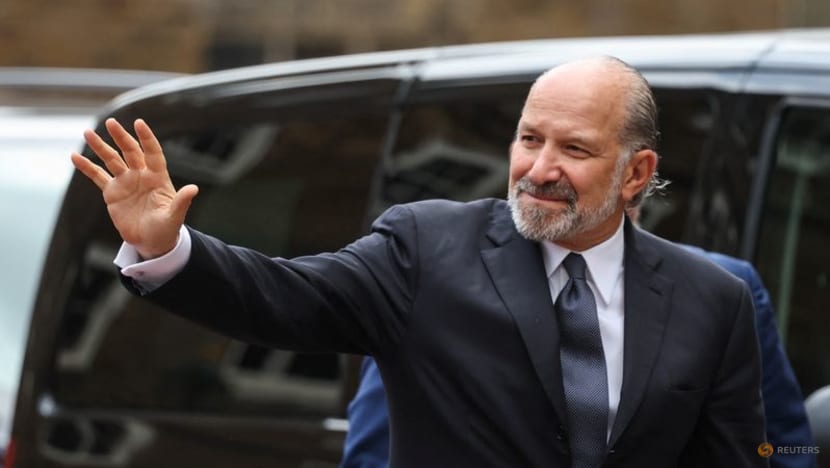
On Tuesday, US Commerce Secretary Howard Lutnick said the agreement reached in London would remove some of the recent US export restrictions.
In a separate briefing, China's Vice Commerce Minister Li Chenggang noted that the framework would be taken back to US and Chinese leaders for review.
“The fact that both sides have to fly back to present whatever was discussed in person to their leaders tells you something about the negotiating leverage that the teams had on the ground,” said Elms.
“In other words, they weren't authorised ahead of time to accept an agreement. I think that it shows you how complicated these talks will ultimately be.”
IMPORTANCE OF STRATEGIC ALLIANCES
Observers warned that countries lacking strategic resources may find themselves increasingly sidelined in global trade discussions.
“Unfortunately, for the middle-tier countries that don't have that same kind of bargaining power … those countries are going to have less choice,” said Capri.
“They're going to be pushed into positions where they're not going to be able to leverage a lot of things like the bigger countries when it comes to negotiating a trade deal, whether it's over tariffs or whether it's over access to supply chains.”
He highlighted the importance of strategic alliances, encouraging smaller countries to join minilateral agreements to gain negotiating leverage.
“What's in the best interest of middle-tier countries is to build as many relationships as possible, to forge as many minilateral agreements,” said Capri.
“Smaller countries are going to be looking to position themselves and connect themselves with as many opportunities as possible.”
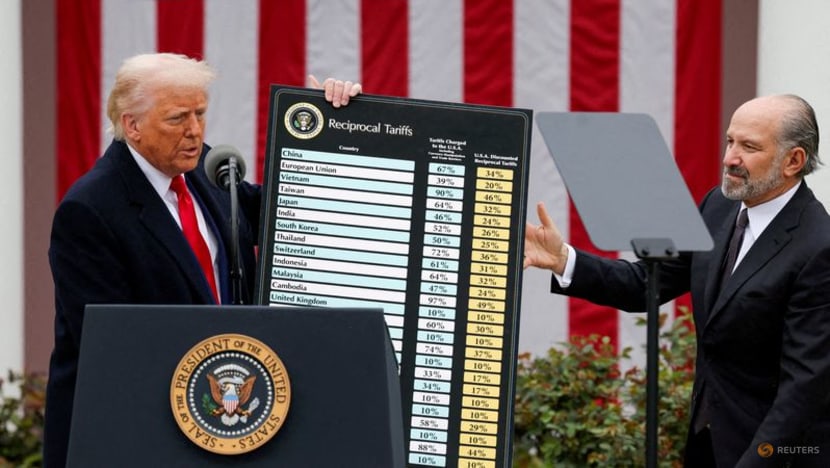
Meanwhile, some countries are racing to strike a deal with the US before President Donald Trump’s 90-day pause on his sweeping tariffs expires on Jul 9.
Without agreements in place, countries may once again face the duties temporarily imposed on Apr 9.
“In any case, these are short deadlines for very complicated negotiations with an awful lot of trading partners,” said Elms.
“Ultimately, the decision maker is Donald Trump himself, and his capacity to manage all of these decisions is also time-limited. He only has so many hours in a day in which he could actually get into the details or even sign off on an agreed upon commitment.”















